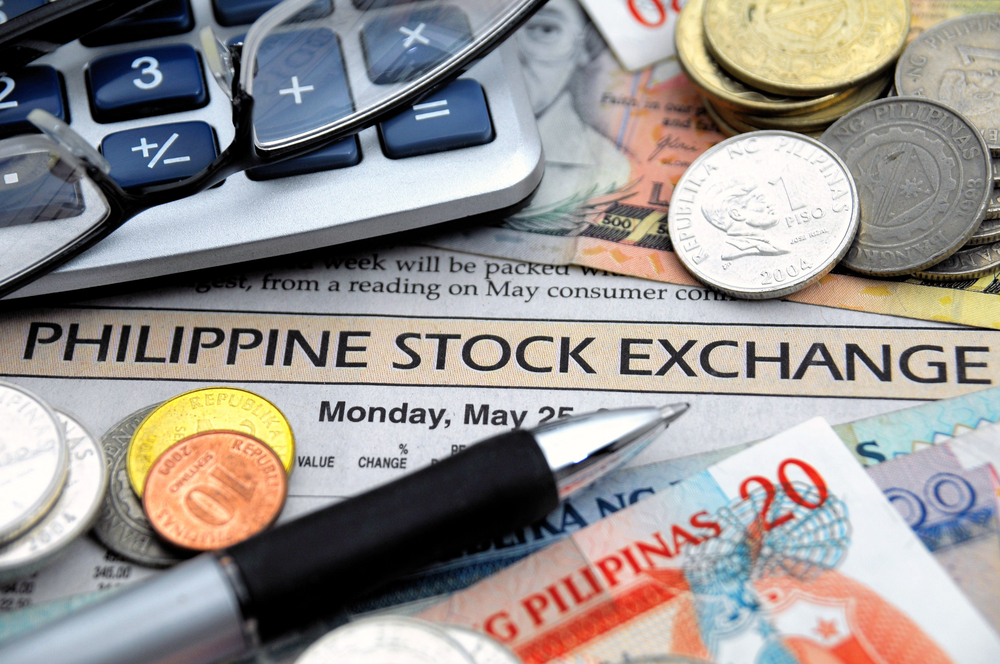Business and Economy
PHL a trillion-dollar economy by 2030
MANILA — The Philippines will be a trillion-dollar economy by 2030, according to the new analysis of the IHS, a partner of the World Economic Forum (WEF).
IHS, a leading source of information, insight and analytics for the global business, said the country will bolster a robust economy for the next decade; manifesting a remarkable transition “from pussycat into a tiger economy”.
“The Philippines economy has the capacity for robust long-term economic growth of around 4.5 percent to 5.0 percent per year over the 2016 to 2030 time horizon,” said Rajiv Biswas, Asia-Pacific Chief Economist, IHS.
According to Biswas, the Philippines gross domestic product (GDP) is projected to grow to USD 680 billion in 2024 and up to USD 1.
2 trillion in 2030 from its current USD 280-billion GDP.
He added that country’s GDP per capita will also grow from USD 2,800 this year to USD 5,800 GDP per capita in 2024.
“This has considerable implications for the size of the Philippines consumer economy.
These significant increases in per capita GDP will create one of ASEAN’s largest consumer markets of the future, as the middle class rapidly expands over time,” he mentioned noting that the country will be one of the three biggest economies in the Southeast Asian region.
Biswas said this economic growth will be supported by strong remittances and information technology-business process management (IT-BPM) sector.
IT-BPM revenue in 2008 to 2013 has more than doubled and reached around USD 13.3 billion.
Overseas Filipino workers remittances in 2013 hit USD 25 billion, supporting the country’s balance of payments.
“The rapid growth of the IT and BPO industry is also creating positive transmission effects for the rest of the economy, including rapid growth in demand for commercial floor space, underpinning the development of existing and new office parks in urban centers,” Biswas said.
Moreover, for long-term economic growth, the Philippines should make the manufacturing sector more competitive and mobilize both foreign and domestic investment flows in the industry.
“However, sustained rapid growth will require continued economic reforms to improve the business climate of the Philippines, making it more attractive for foreign direct investment into sectors such as manufacturing and tourism,” Biswas noted.
Meanwhile, IHS forecasted the Philippine GDP growth rate at 6.2 percent in 2014 and at 6.0 percent in 2015.
The IHS chief economist for Asia-Pacific will also join the WEF East Asia summit to be held in Makati City this week.






















